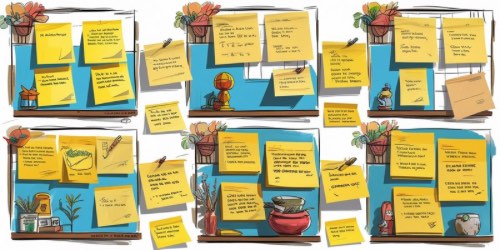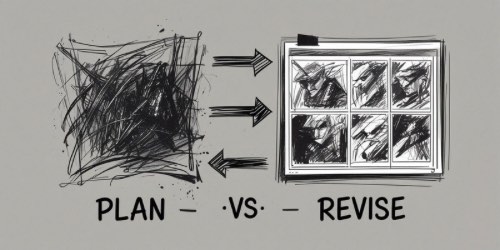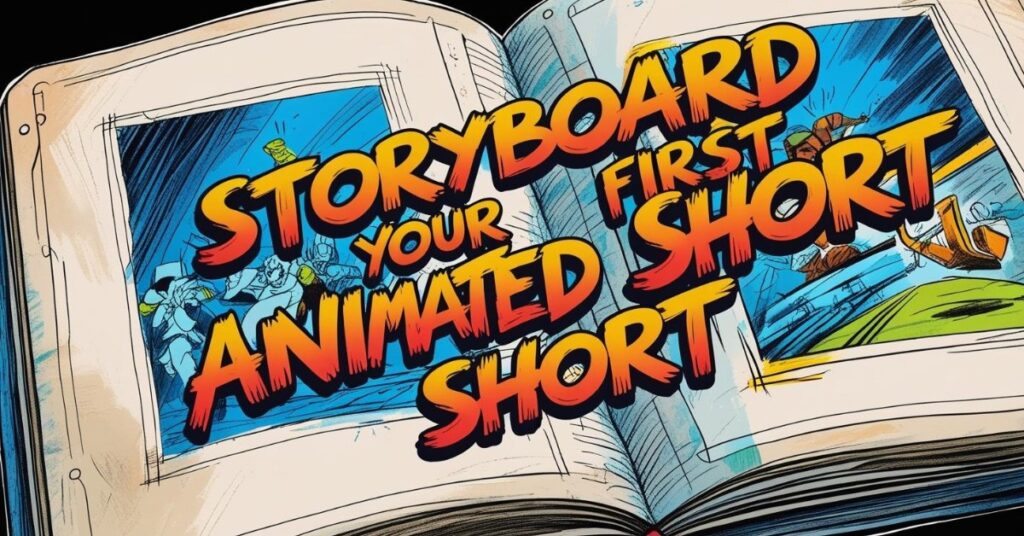Why Storyboarding Is Easier Than You Think
The idea of planning your own animated short can feel overwhelming—but storyboarding is actually a gentle first step, not the final film. Think of it like drawing a comic strip version of your idea—you don’t need perfect art or endless detail. Stick figures, simple shapes, even scribbly panels are totally fine. The goal is clarity, not beauty. Storyboards help you make small decisions before investing hours in animation, reducing mistakes and making the process smoother.

Step 1: Start with Your Simple Idea
Begin with a basic story outline—just a few lines. What happens first? What’s the middle? How does it end? You don’t need a full script—just enough to guide your visuals. Then, break your concept into key moments or beats. These become one panel per important action. Even home doodles will do.
Step 2: Thumbnail Your Key Frames
Use rough, small sketches (thumbnails) to map the flow of your animation. Draw one or two frames per key moment. Don’t worry about detail—show character positions, basic actions, and shot type. These tiny drafts give you a quick visual roadmap. It’s about flow, not finished art.
Step 3: Draw Clear Panels and Notes
Once thumbnails feel solid, sketch your storyboard panels in order. Keep them minimal—just enough to show who’s where and what’s happening. Add labels for camera angles, motion arrows, dialogue, or sound. Adobe’s beginner guide to storyboarding outlines this well: panels, captions, arrows, and structure all help convey your plan before animating. Check it out here.

Step 4: Stay Loose and Iterate
Your first pass won’t be perfect—and that’s okay. Storyboards are meant to be rough. As you review your sequence, you might reshape scenes, swap panel order, or add beats. Reddit users in r/animation remind beginners how helpful early sketching is:
> “It helps to create an excel sheet with every step for every shot… makes it easier to see in one piece”
> “Even stick figures can radiate emotion when their shapes feel intentional”
There are also great community discussions on sites like Proko about keeping things loose during early storyboarding. These rough strategies help your ideas evolve.
Step 5: Plan an Animatic (Optional)
If you want to test flow and timing before drawing animation, turn your panels into an animatic—a timed slideshow with basic pacing and audio. It doesn’t need polish and helps you feel confident about how the scenes align.
Feel stuck or want to dig deeper? This tutorial might help:
Final Thoughts
Storyboarding your first animated short is more about confidence than perfection. You’re making a simple, visual outline—like a mini-comic version of your idea—that helps you see it before you animate it. Don’t fear the blank page; fear the blank canvas you never try. Storyboarding gets you closer to the story early, saves time later, and makes the animation process feel doable.




























